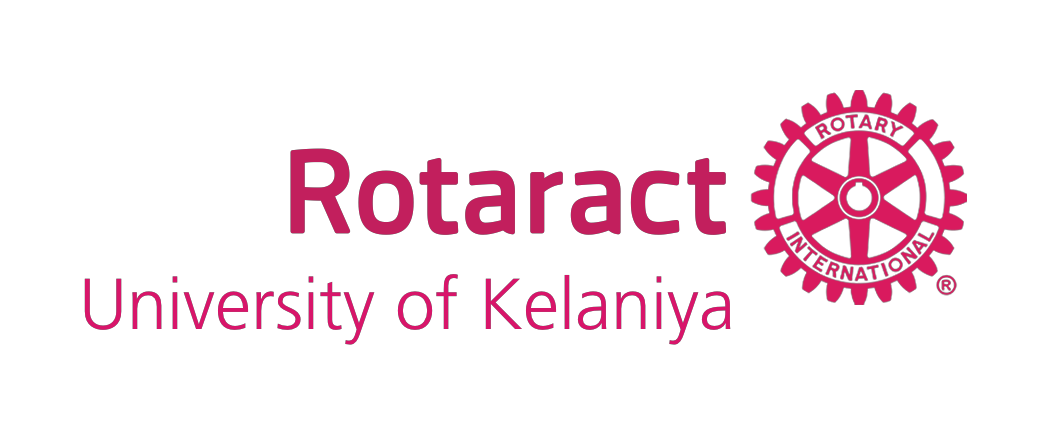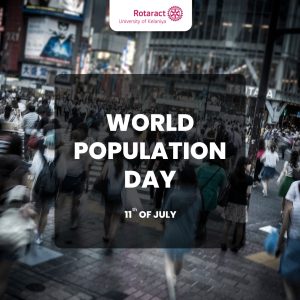World Braille Day is commemorated annually on the 4th of January. It was established by the UN General Assembly in December 2018. This was also the birthday of Louis Braille, the fifteen-year-old boy who was one of the pioneers in introducing the Braille code system to the world. It is observed to raise awareness of the importance of Braille as a means of communication into realizing human rights for blind and partially sighted people. Prior to discovering the many current aspects of the Braille system and its users, it is important to know what Braille is all about.
Braille is read by passing one’s fingertips over an arrangement of between one to six embossed dots, which represent letters, numbers as well as musical and mathematical symbols. It is used by the visually impaired, and it can be written using a Braille writer, or by using a pointed stylus and a Braille Slate to punch dots on paper. This system was all thanks to Louis Braille, who initiated this system in 1824 at the age of 15. To dive briefly into the childhood of Louis Braille, once at the age of 3, his parents were making harnesses and saddles in the workshop. Little Louis started to play with one of the awls in this workshop, and he accidentally hit it in his eye, which caused an infection and made him blind at the age of five. There onwards, he worked throughout his school life and thereafter to find a system for the visually impaired.
Today, this system has become a significant opportunity for every visually impaired person to discover the world in another way. Through this, they receive opportunities to access education, the freedom to express their views and opinions, to live a regular life. However, according to sources, there is also less amount of chance for this community in accessing health care, education and employment. There is also a chance for them to face poverty, higher rates of violence, negligence and abuse, especially in the current context where we face a world pandemic. For instance, it can be identified that COVID-19 has limited access for the visually impaired to access their needs as well as adequate information. However, it is evident that many countries around the world, with the UN, have created numerous braille materials to make them aware of the current pandemic situation.



